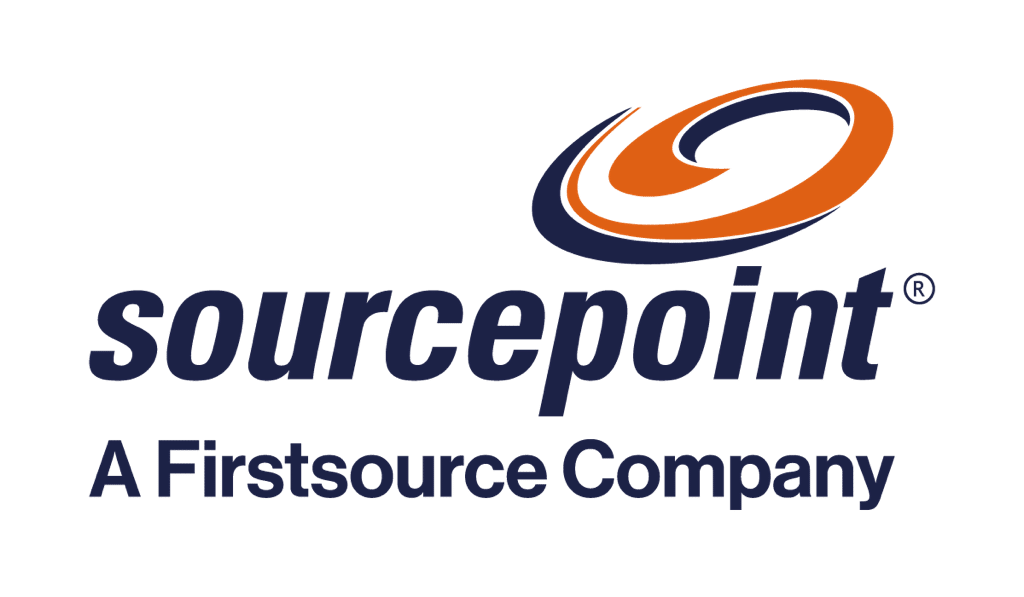Steve Schachter, President of Sourcepoint, addresses some of the top compliance and regulatory risks for lenders in 2022 and beyond.
What are some of the top compliance and regulatory risks for lenders in 2022?
Perhaps the biggest and most obvious risk is the market shift from refinances to purchase loans and the elevated scrutiny that comes with purchase originations. The demand for non-QM, jumbo, and bank statement loans, which are inherently riskier, are poised to grow as well. Lenders were spoiled for a while with vanilla loans and rate-and-term refis, and both are going to comprise a much smaller subset of volume this year.
Meanwhile, you have a new administration in Washington and a CFPB director who has already taken steps to scrutinize compliance and control on the servicing side of the industry, and we expect them to follow closely on the origination side. Most companies received a pass in years one and two of the pandemic, but as we enter year three, the laxity will be gone. Unfortunately, the CFPB typically doesn’t regulate the industry by publishing rules—they regulate by enforcement.
Yet another risk that’s brewing is the growing popularity of AI and automated technologies. There’s a lot of excitement about these tools, but the big question is how to use them without inadvertently introducing discrimination in the loan decisioning process. The industry has the opportunity now to collaborate and ensure fair lending standards are maintained.
Why do you believe 2022 is going to be the year for QC and due diligence?
With the refi party drawing to a close, I think we’ll see a hangover effect among lenders which will reveal itself in loan defects. You also have millions of borrowers coming off forbearance plans, and not all of them are going to be able to resume payments, which means we’re going to see some level of non-performing loans. In fact, according to the most recent CoreLogic Loan Performance Report, there were about 500,000 more loans in serious delinquency this past October than at the start of the pandemic.
The major challenge for lenders will be managing costs without impacting their ability to stay compliant. The GSEs are going to be looking closely at originators. I think we’ll also see significant demand for servicing QC because of the timeline risk with foreclosures. Another wrinkle in all of this are Wall Street trading firms and banks wanting to invest in mortgage-backed securities as demand grows for non-agency loans, especially mortgages for self-employed borrowers, which is also going to create a different spin on due diligence activity.
We expect to see a greater need for an experienced due diligence partner to validate the work originators do. In fact, that’s a big reason why we acquired The StoneHill Group, which is one of the largest domestic providers of outsourced loan QC and due diligence services.
What are mortgage lenders going to need operationally to avoid repurchase risk?
The good news is that, right now, lenders are doing a reasonable job with critical defects. But when you get lax on the manufacturing side, minor issues can quickly turn into critical ones. Keep in mind that roughly 85% or more of the defects associated with loan manufacturing are errors of convenience. In other words, problems occur when someone is trying to do too many things at once and is not taking care to cross their T’s and dot their I’s. This has discernably gotten worse, too. In fact, I would say a year and a half ago, only 20% of the errors were errors of convenience.
Operationally, lenders need to focus more attention on in-line QC and pre-closing QC, whether they do the work internally or use a partner or both. The problem for most lenders is that they haven’t had the capacity to perform inline or pre-close QC for the past two years, because they were moving at such a high rate of speed. Now is the time to adopt best practices in both of these areas in order to avoid what may come back to bite you in the future.
The most successful of our lending clients are those that have built what I call a “culture of correction.” They create a plan, do the work, review everything, identify the problems, and use this information to adjust their plan. The goal is always to do things better. It’s never too late to take the effort to fix something once you catch it. If a lender has fostered a culture of correction—whether they’ve created it internally, externally, or both—small issues are far less likely to become large ones.
It’s also important to remember that federal agencies require a certain amount and style of reporting, but that shouldn’t be the target. There are lots of other quality issues that will surface that reporting requirements aren’t going to help you catch, and you need to adjust for that.
What are some of the technologies available to manage repurchase and compliance and regulatory risks?
On the origination side, there are a number of compliance-oriented tools that can be integrated into a lender’s LOS. For example, there are automated post-closing platforms that use AI and machine learning tools to streamline the document classification process and create client-specific checklists, which can help lenders improve loan file integrity and reduce repurchase risk. Lenders should also have a strong third-party risk management vendor and make sure all their third parties and business parties are using the latest technologies to ensure data security.
While it may seem obvious, lenders need technologies that make compliance more efficient and do not slow things down. Timing is everything, whether it’s funding a loan, completing a trade, or paying down warehouse lines. However, technology is only one variable—it’s QC and risk management plans that complete the equation.
How do mortgage lenders manage costs for upgrades in managing compliance risk, especially with margin compression concerns in 2022?
That is a great question. I’ve yet to see a company that places line items in their budget for problems that aren’t supposed to happen. One good practice is to attach some dollar amount to your risk. It’s very difficult to anticipate contingencies and losses, but if you’re able to get a fairly decent estimate, you’re better able to measure what the benefit of deploying a certain strategy is going to be.
Lenders must realize there is a cost for compliance and control. They need to determine the level of cost and risk that is acceptable for their organization. The smart companies, however, think of these costs as an investment. You can either buy these capabilities or build them, but the smart ones do both. While every organization is different, it’s always good to have the option to buy top level capabilities without having to develop them yourself. This enables lenders to “variabilize” their costs and improve their expertise more quickly. The bottom line is that the cost of effective and smart compliance management is always lower than enforcement or repurchase costs.
This article was written by Steve Schachter, President – Sourcepoint, and was originally published in MReport.




